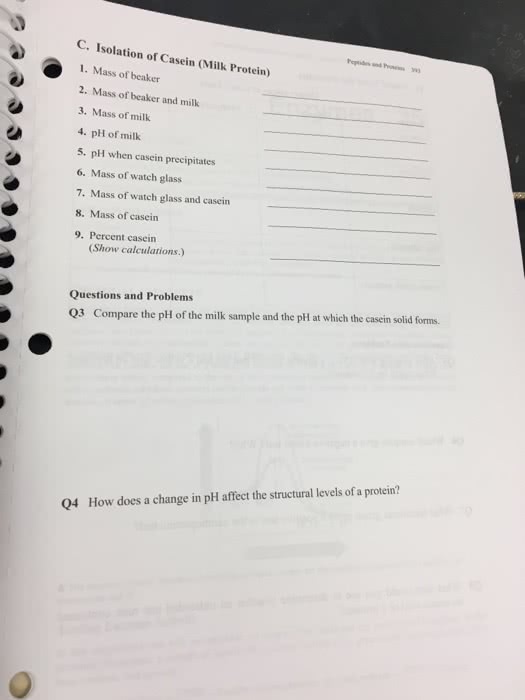keighcazandraaquino241
keighcazandraaquino241Isabela State University
0 Followers
0 Following
0 Helped
22 Jul 2023
Answer: The total volume of NaOH solution added to reach the endpoint is 13.64...
22 Jul 2023
Answer: Step-by-step explanation: To calculate the concentration of the HA aci...
22 Jul 2023
Answer: Please do check below for more clarification Step-by-step explanation:...
22 Jul 2023
Answer: approximately 0.092 M. Step-by-step explanation: To solve these questi...
22 Jul 2023
Answer: Please check below Step-by-step explanation: To calculate the moles of...
22 Jul 2023
Answer: A. There were approximately 0.023821 moles of B present in the unknown...
22 Jul 2023
Answer: The absolute uncertainty is 0.00003 L. Step-by-step explanation: To fi...
22 Jul 2023
Answer: The mass percentage of chloride present in the original sample is appr...
22 Jul 2023
Answer: To find the missing value, we need to calculate the mass of the unknow...
22 Jul 2023
Answer: After the First World War, the problem with Palestine arose due to con...
22 Jul 2023
Answer: Five commonly shared features of Western culture are: Individualism: W...
22 Jul 2023
Answer: Classification of Metallic Cation and Correlation with Solution Color:...
22 Jul 2023
Answer: To solve this problem, we will follow the given data and use stoichiom...
22 Jul 2023
Answer: Mass of beaker: Measure the mass of the empty beaker before adding any...
22 Jul 2023
Answer: The pH of milk and the pH at which casein solid forms are closely rela...
22 Jul 2023
Answer: Gravity is a fundamental force of nature that causes objects with mass...
22 Jul 2023
Answer: Title: The Positive Impact of Technology Outweighs the Negative Effect...
